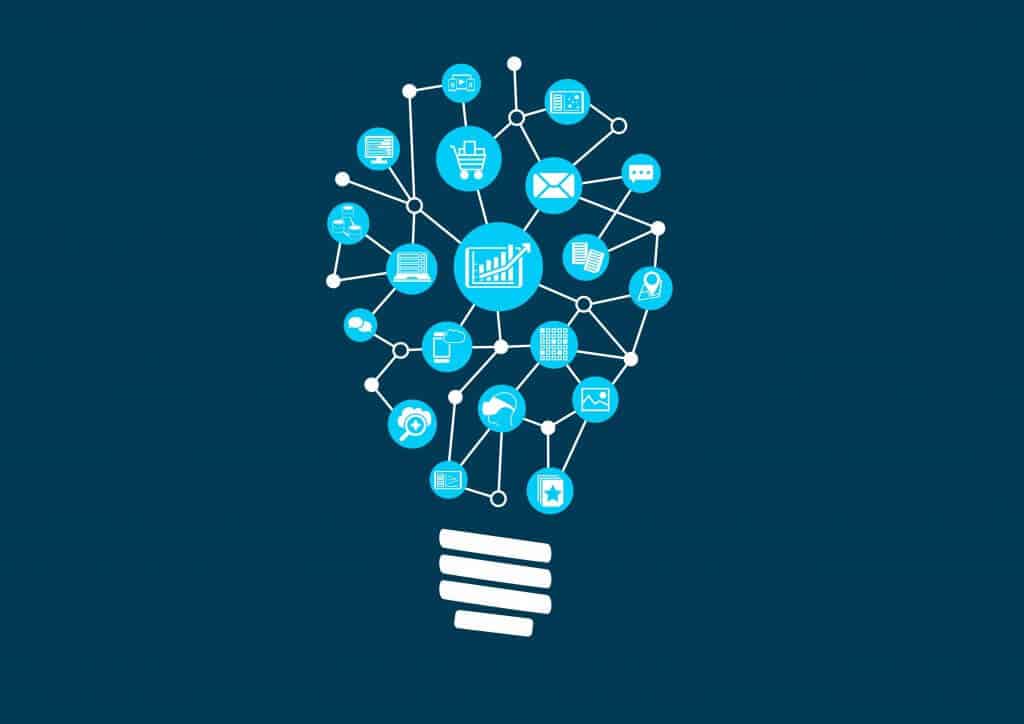Special guest post by Maddie Davis of Enlightened Digital, a tech and business news blog.
Over the past several years, predictive analytics have become an integral player in the business world. Predictive analytics are the methods and technologies used to collect and measure the trends and patterns of consumers through the use of artificial intelligence (AI) and its machine learning capabilities.
Industry leader Mark Hurd noted that the use of machine learning “immeasurably improves our ability to pull together, analyze, and draw actionable insights from data.” Predictive analytics do exactly this: it collects information that helps businesses predict future trends.
Data Collection and predictions:
Competitive analysis
With the insights gained from analyzing the amassed data, it can be easier to see what tactics work for a specific company and which don’t. It’s also possible to see the kinds of things that work for competitors and which don’t, allowing for an added advantage over rival businesses. Using this data, marketing campaigns can be designed to fit the trends and needs of direct consumers and ensure better results.
Targeted marketing
Targeted advertisements are where predictive analytics really get their time to shine. With the data and insights collected, AI and machine learning implement that data directly to the consumer, providing an online experience tailored specifically to their needs. AI tracks the kinds of sites consumers typically visit and the kinds of products they tend to search to project advertisements at the audiences with the highest buying potential.
Responsive search ads
This is where things get even cooler. Everyone has searched for something and then, a couple of days later, saw an advertisement for that same thing pop up in their Facebook feed or their Google sidebar. However, the advertisement design itself may be different for each viewer. Depending on a customer’s search preferences and habits, they will be shown a customized version of the advertisement that is the most likely to pull them in.
Inventory forecast
From the business side of the transactions, analytics can be used to help forecast how much inventory needs to be stocked and the production rates needed by a company to keep up with demand. Predictive analytics can also be used to estimate potential production errors and prevent them from occurring again. This means the data collected can help businesses keep their production rates at an optimal and cost-effective scale.
Real-life successes:
Buxton Co.
Buxton Co. has taken advantage of the widespread predictive analytics implementation and has created a business from the insights it provides. The company processes as much data as possible about each client’s customer base to determine the best possible location for a physical, brick-and-mortar operation.
Buxton uses predictive analytics to gather information about which particular demographic(s) will respond best to the new business as well as where those potential customers spend their time and how they behave. By analyzing those data points, Buxton helps each company to obtain the most optimized location for the highest earning potential.
Domino’s
In a world that’s moving further away from chain restaurants and other run-of-the-mill dining options, it seems impossible that a business like Domino’s Pizza could have been able to increase its market share over the past several years. However, thanks in part to predictive analytics, that is exactly what it achieved.
The company chose to start with a digital transformation led by data and analytics by gathering as much insight about its users as possible to figure out the exact improvements it would need to make in order to keep up. From there, this data enabled Domino’s to take orders via app, text, Twitter, Amazon’s Echo and many more platforms, each tailored to the needs of individual customers.
The app remembers specific preferences, allergies, locations and typical order times. If you and your family tend to order pizza for movie night every Friday, Domino’s have your order ready at the click of a button, right down to the size and toppings. This wouldn’t be possible without predictive analytics.
Through the use of predictive analytics technologies, businesses can collect data and consumer insight better than ever before and better tailor their companies, advertisements and offerings to fit their market.
From time-to-time we have guest bloggers post on our site. The views, opinions and positions expressed within these guest posts are those of the author alone and do not represent those of Glympse.
